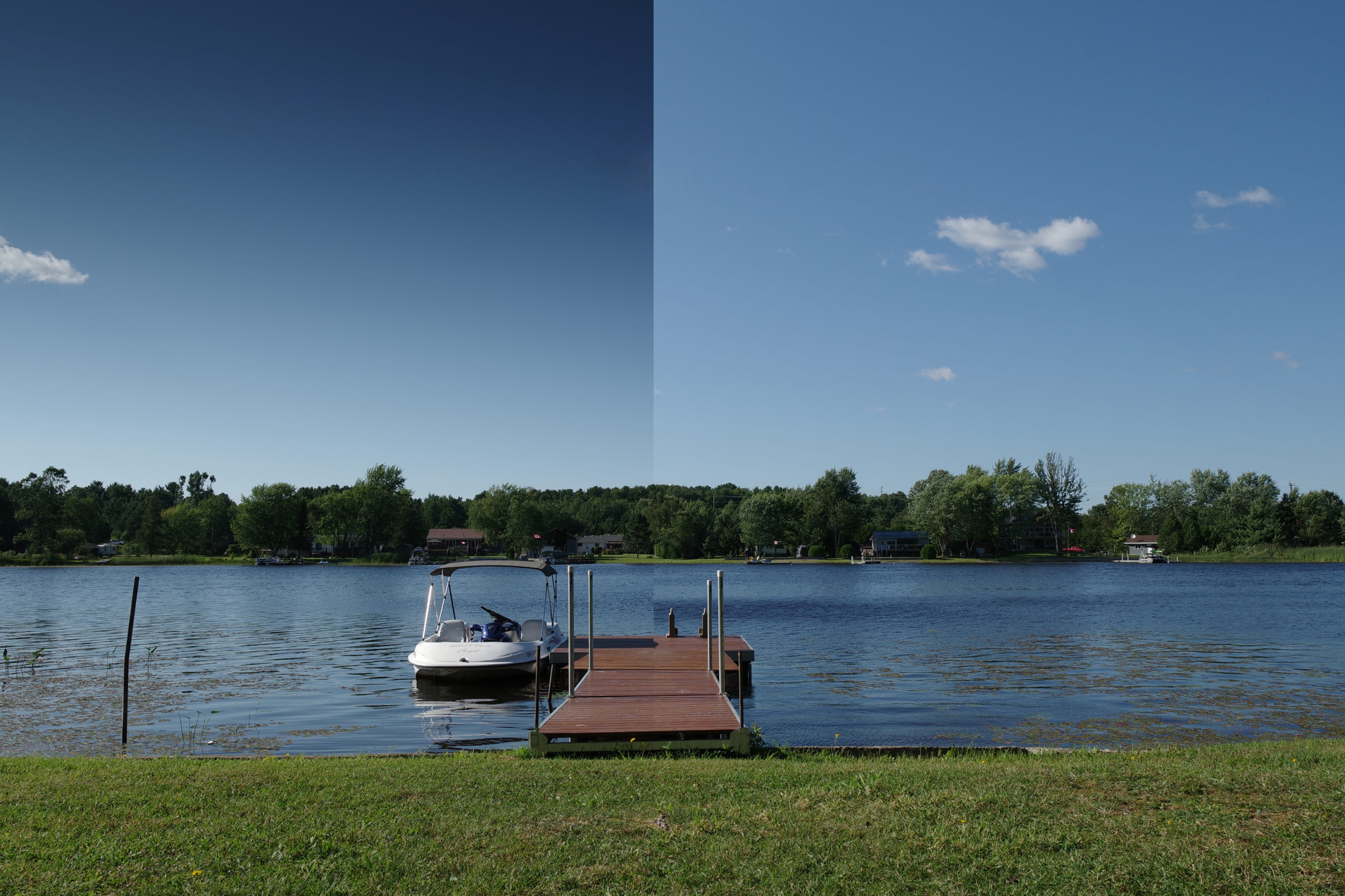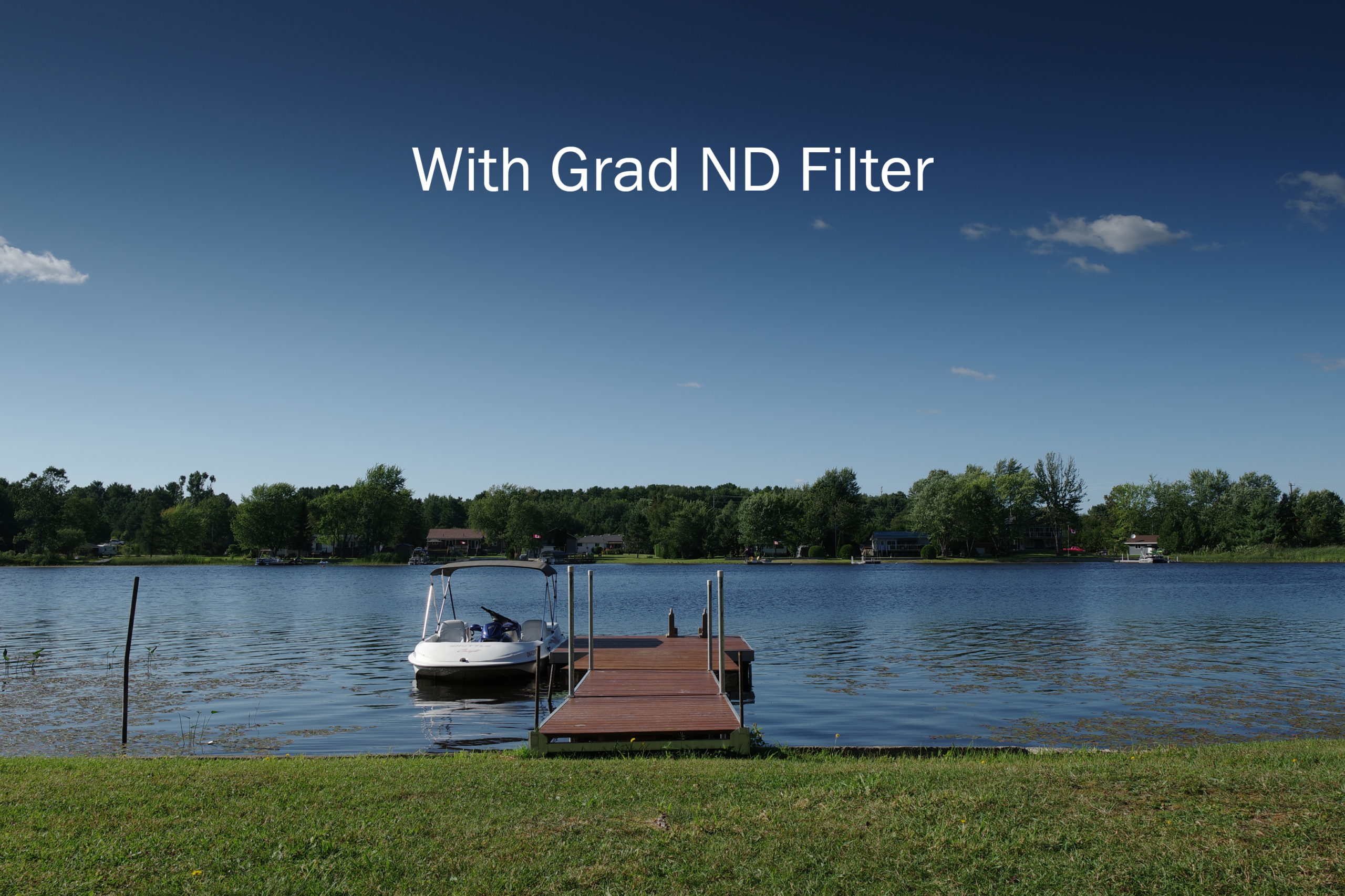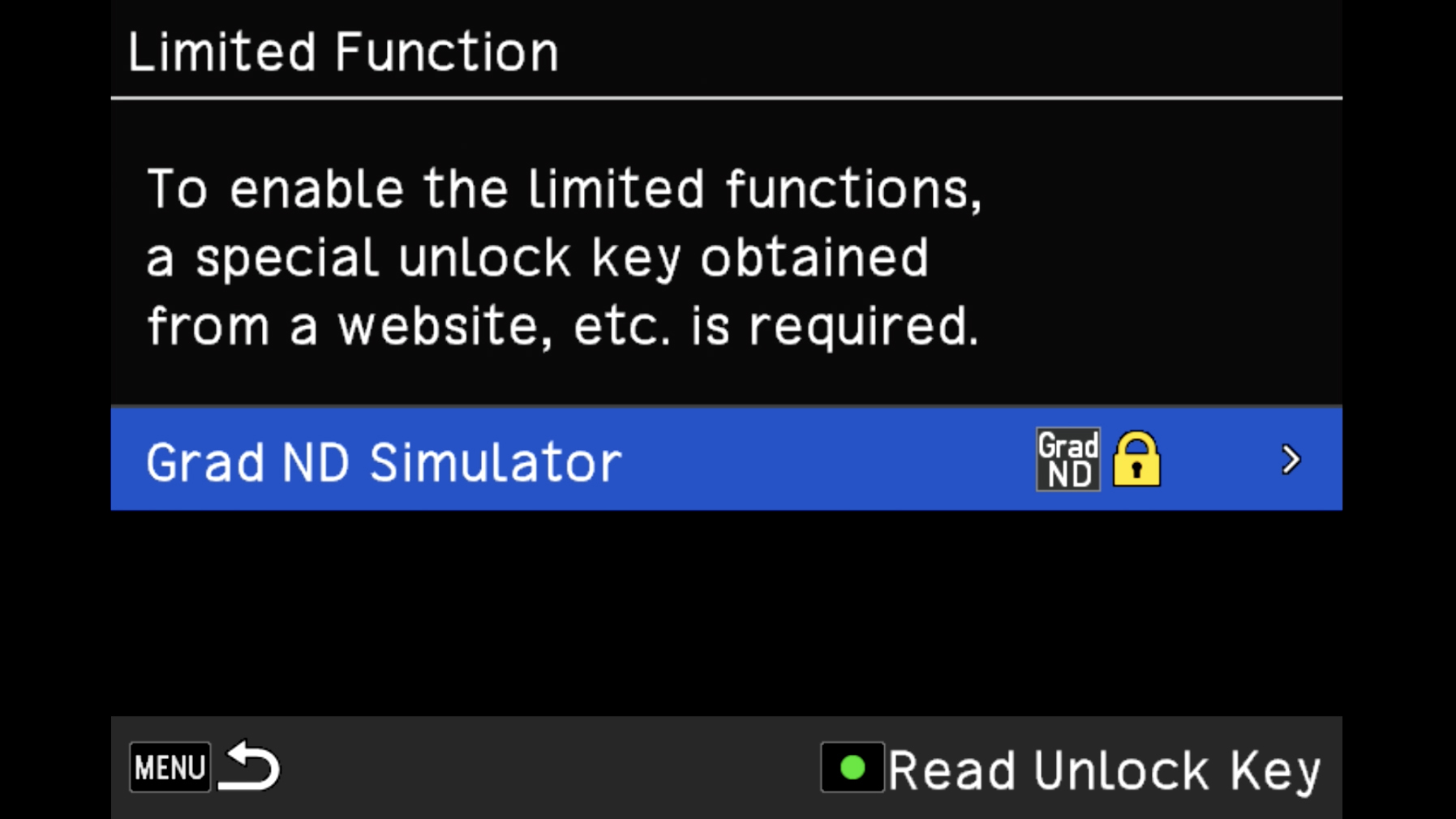The coolest camera feature I've ever seen is coming to Pentax DSLRs… but you have to pay $116 for it
This in-camera feature makes ND grad filters extinct – but you need to pay $116 to install it. Should this be a firmware update?

Ricoh has just introduced Grad ND Simulator – a function that I called "the coolest camera feature I've ever seen" when OM System debuted it earlier this year – to its flagship Pentax cameras.
There's just one thing: it's being introduced as a "premium feature", which means you have to pay US$79.95 (about $116 Australian) to unlock it on the Pentax K-1 Mark II or K-3 Mark III (including the K-3 Mark III Monochrome).
As you might imagine, I have thoughts about both these points.
First of all, the technology itself is brilliant – albeit not quite as brilliant as it is on the OM System OM-1 Mark II that originated it. Essentially this is an in-camera, software-powered ND grad filter; instead of putting a physical filter on your lens, the camera does the work for you.
Simply dial in the strength you want, from -0.3 to -0.5EV, use the buttons on the camera to choose the placement and angle of the grad, et voila – you can now shoot with a simulated grad. You can see the difference in the before and after shots by scrolling through the images below.




The effect looks great. Obviously it's not being demonstrated in super challenging conditions, but it seems to work pretty well to me. The only thing I'd point to is that the interface and implementation are a lot more primitive than OM's version of the tech.
On the OM-1 Mark II, you can either turn the exposure dials or just drag and pinch the touchscreen to manipulate the position of the grad. On the Pentax cameras, it's much clunkier and more analog, as you have to push the AE-L button to toggle the rotation, then press the +/- button once to adjust the position and again to adjust the size.
Get the Digital Camera World Newsletter
The best camera deals, reviews, product advice, and unmissable photography news, direct to your inbox!
As you can see below, it's much less slick than the way OM System's Live GND works (I'm guessing there's no touch control because the K-1 doesn't have a touchscreen) but it still does the same job.


Okay, so the tech is cool and anyone who shoots landscapes would love to have this on their camera. But would they want it enough to drop 80 bucks on it?
That's a good question. Because on the one hand, this is a pretty transformative feature that makes your camera do something it simply couldn't do before – and for the 6-year-old K-1 Mark II, that's an especially big deal. If nothing else, 80 bucks is probably about the price of a single grad filter (and you'd need multiple, to cover all your lenses, the same way the Grad ND Simulator does).
On the other hand, though, almost every other manufacturer gives away this kind of update for free, in the form of firmware.
Canon made the EOS R5 able to shoot 400MP photos. Nikon added everything from custom menu colors to all-new AF subject detection. Heck, Fujifilm's entire Kaizen philosophy is to deliver enhancements and improvements over the entire life of your camera.

Al these things are considered part of the service, when you buy a camera – at least, a photographic camera. In the world of cinema cameras, it's standard practice to pay for new functions on Arri and Panasonic cameras.
So this isn't unheard of… but then again, the Pentax K-1 and K-3 aren't cinema cameras. Then again again, Ricoh doesn't have the bank balance of Arri or Panasonic.
However you feel about the price tag, I think it's great that DSLRs aren't just alive and well, but in fact now have an incredible computational photography feature that even 90% of mirrorless cameras don't have.
If you're a K-1 Mark II or K-3 Mark III owner and you want to add the Grad ND Simulator to your camera, head over to the Ricoh US website to purchase an activation key (note that you'll need to buy one for every camera on which you want to use the feature). Thanks to Pentax Rumors for the heads up.
You might be interested in the best Pentax cameras, which include some of the best DSLRs on the market, along with the best Pentax lenses.

James has 22 years experience as a journalist, serving as editor of Digital Camera World for 6 of them. He started working in the photography industry in 2014, product testing and shooting ad campaigns for Olympus, as well as clients like Aston Martin Racing, Elinchrom and L'Oréal. An Olympus / OM System, Canon and Hasselblad shooter, he has a wealth of knowledge on cameras of all makes – and he loves instant cameras, too.
